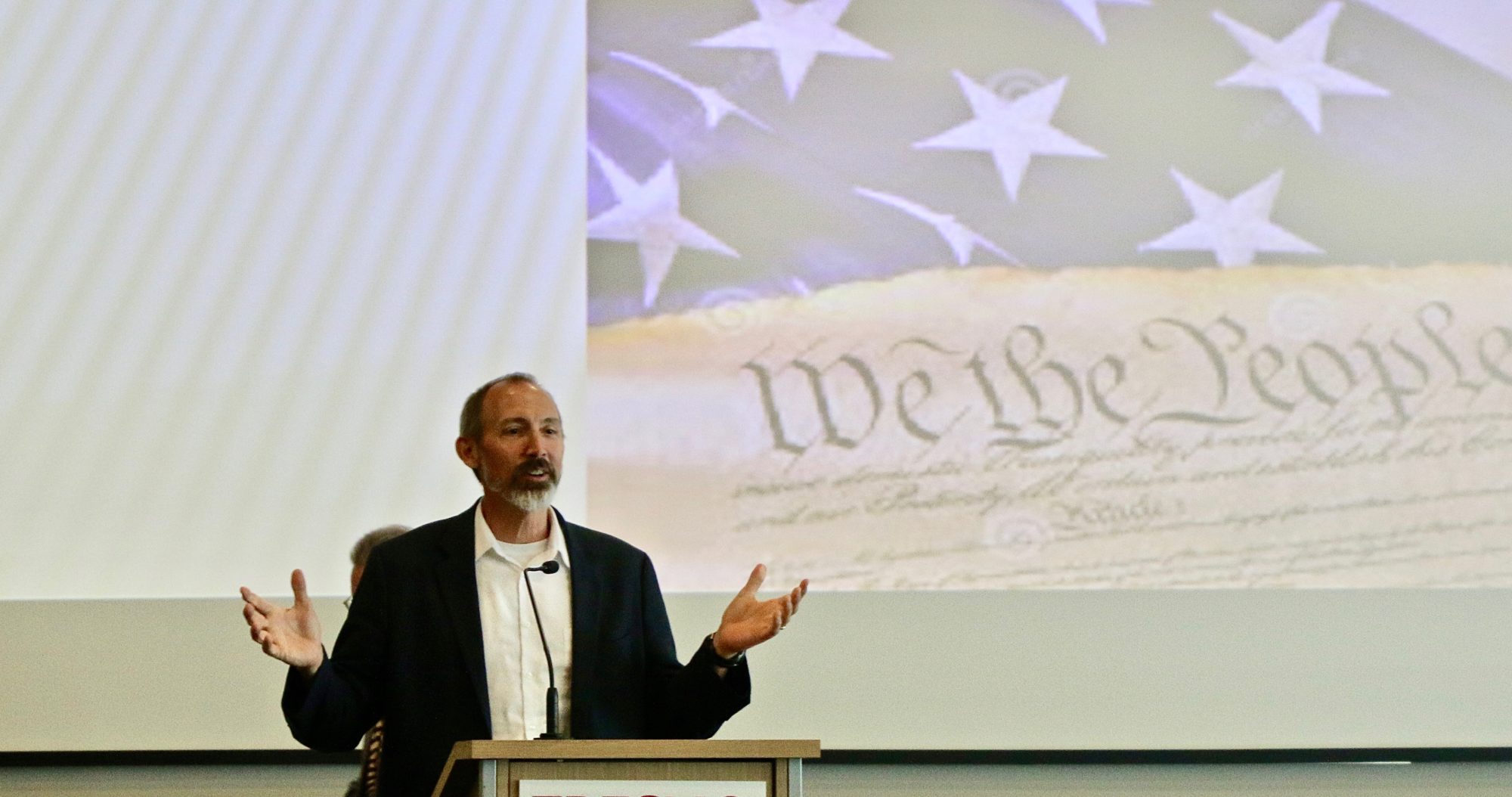Community service can transcend religions
Fresno Bee, Oct. 07, 2011
According to Gandhi, “religions are different roads converging to the same point.” This is a nice idea. But it is most likely false. There may be some common values shared by religious people. But the details diverge — often in quite radical ways. Catholics, Hindus, Muslims, Mormons and Jews will never agree about fundamental metaphysical questions: about the nature of God or the soul. And if we include atheists in the mix, it is unlikely that these roads will ever converge.
And yet, there may be a common path that we can walk together for a while, despite our differences. One common path is community service. Most religions stress altruism. And atheists recognize the ethical importance of working for the common good. Although there are different ways of providing service, it is rare to find a person who does not think it is good to help others.
It is important to understanding that despite our differences about fundamental things, we live together here and now. We drive the same roads, use the same resources and make our livings together. And our children will inherit this world from us. Productive relationships among diverse religious people can develop around shared interest in our common world.
This is the idea behind President Barack Obama’s Interfaith and Community Service Campus Challenge. This initiative aims to bring people of different faiths together to engage in a joint service project. The White House website describes this project as “an important way to build understanding between different communities and contribute to the common good.”
Fresno State is participating in this interfaith campus challenge. The project will begin with an Interfaith Student Discussion Panel as part of the Ethics Center’s Conference on “Ethics, Religion, and Civil Discourse.” On Thursday, a diverse group of students will discuss how their own religious traditions understand community service, and they will begin brainstorming a joint service project.
This joint service project is being coordinated by the Jan & Bud Richter Center for Community Engagement and Service-Learning, under the leadership of Chris Fiorentino. According to Fiorentino, a substantial amount of research indicates that service-learning works to promote greater cross-cultural understanding. Fiorentino says that people “find common ground through service.” Fiorentino recognizes that there are some issues that are intractable. It may be impossible for diverse religious people to agree about an issue such as abortion. But he maintains that there is quite a lot of room for consensus around issues such as education, safe neighborhoods and hunger.
A joint service project aimed at one of these topics can help to show that despite our differences, we have much in common. Fiorentino points out that we often over-emphasize our differences. One reason for this is a sort of self-absorption. It is easy to stereotype other people and their divergent points of view, especially when you only associate with people like yourself. Fiorentino argues that working on a joint service project can help people move beyond their narrow perspectives and learn to see “that there is something bigger than their own point of view.” That bigger thing is the community itself.
It is obvious that community service is not a panacea that will cure religious tension. Atheists and theists will still disagree about the existence of God, even if they swing hammers together. And Catholics and Mormons will still disagree about the teachings of Jesus, even if they work together to teach kids to read. But it is important to learn that, despite our deep differences, we can work together on projects of common concern.
Gandhi’s idea that all religions are fundamentally the same is hopeful — but misleading. If religions are fundamentally the same, then it is very difficult to understand the depth of religious conflict. Instead of hoping for a final convergence of religious belief, perhaps the most we can hope for is to learn to admit our differences while focusing on those values we share. The idea of being of service to the community may be one of those universally shared values.

